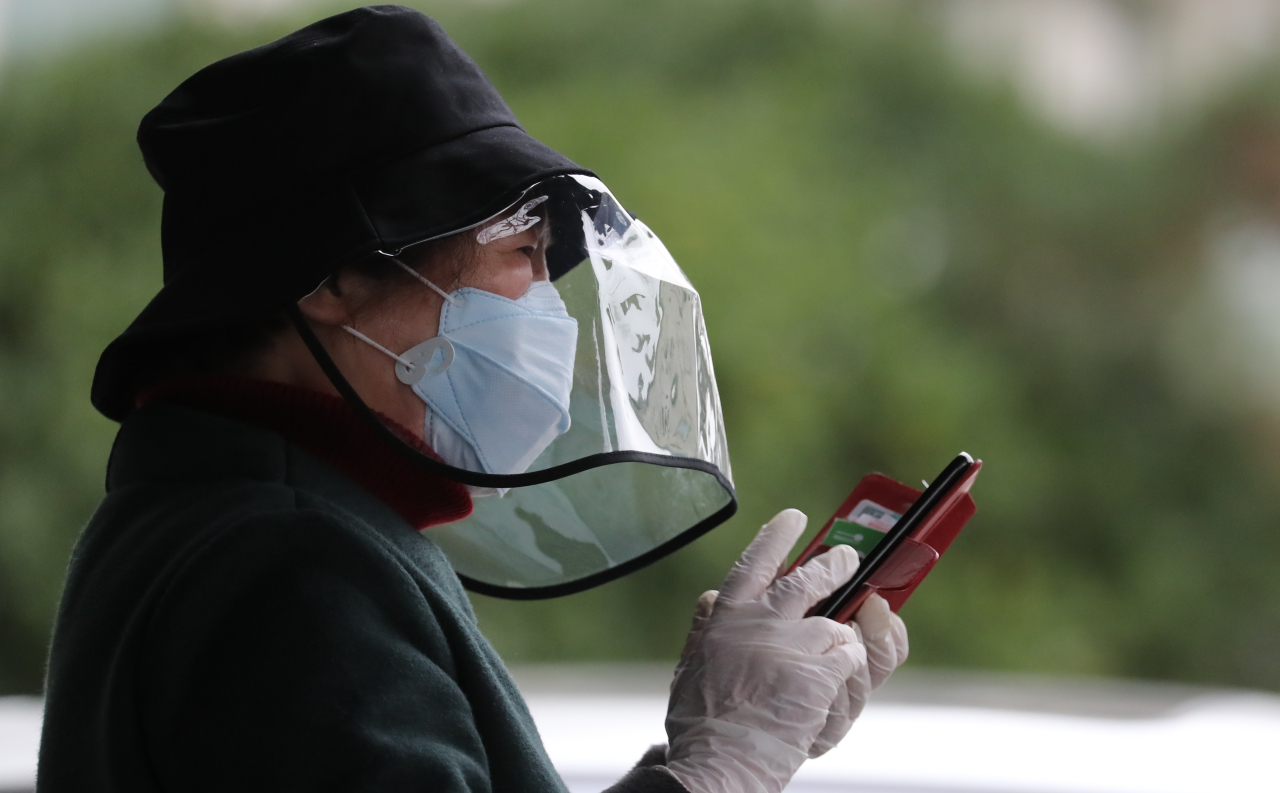50 days of COVID-19: What needs to be done
‘We’re all in the fight together’
By Kim ArinPublished : March 9, 2020 - 18:13

The spread of the novel coronavirus has outpaced any other epidemic in South Korea so far this century. 50 days into the outbreak, much still remains unknown about the disease, which is deadlier than the flu and more infectious than Middle East respiratory syndrome.
But this is a fight that can’t be fought by doctors alone, and there is something everyone can do to mitigate its toll, according to experts.
Shin Hyoung-shik, director of the National Medical Center’s Center for Infectious Diseases, told The Korea Herald that one vital way to expedite the end of an infectious disease outbreak is to step up the practice of social distancing.
“We’re looking at thousands of cases in less than two months -- we don’t know who’s infecting whom,” he said. “We’re all in this together: Minimize outings and stop nonessential meetings or gatherings. I can’t stress this enough.”
As untraceable virus clusters emerge across the country, symptomatic individuals without epidemiological ties are encouraged to alert their contacts and seek out medical advice, he added.
“This is an acute emergency of an infectious disease that we know little about -- it’s best advised to play it safe.”
Choi Dae-zip, president of the Korean Medical Association, said this was no time for complacency, warning authorities to brace for a long fight ahead.
“Testing and isolating patients early on has worked so far under limited resources, but as the fight is projected to drag on, high priorities have to be placed on protecting the health system and critical infrastructure,” the chief doctor told The Korea Herald.
“We don’t have full statistics yet, but infections in doctors, nurses and health personnel are growing,” he said, adding that health care workers, especially the front-liners working directly with patients, were at risk.
Separate facilities have to be set up nationwide for patients or suspected patients, he said, to keep them from coming in contact with others. Standards for shutting down and reopening operations at hospitals also demanded revision.
“Hospitals are having to close down after a visit from an infected person. This can’t keep happening, because there are non-virus patients who are equally in need of urgent care,” he said.
While clinical observations are yet to be fully documented, the new disease manifests itself through varying patterns of symptoms, according to top infectious disease experts, which is why prompt detection through extensive tests remains a key strategy. As of Monday, Korea has tested over 190,000 of its citizens.
Despite the slowdown in numbers in the past few days, the government says it’s too early to get hopes up.
“New infections without links to known patients or travel history to affected regions are on the rise. This is not just in (the country’s worst-hit) Daegu or North Gyeongsang Province, but all over,” said the Health Minister Park Neung-hoo on Sunday.
“Unfortunately, we can’t say things are looking up. On the contrary, now is the time for more sustained and concentrated efforts,” he said.
As the disease edges closer to becoming a pandemic, health authorities say it’s time to contemplate increased border checks.
The Korea Centers for Disease Control and Prevention on Monday has called for added caution against infected passengers from overseas.
“The virus response has to come in two-part -- controlling the transmission at home while simultaneously keeping on the look-out for possible infections coming from abroad,” said the centers’ director Jung Eun-kyeong.
Former KCDC Director Jun Byung-yool, who helmed the agency between June 2011 and May 2013, said in a phone interview that open borders are “extremely worrying.”
“Korea has resisted closing borders as long as it could, and I speak from considerations none other than disease control when I say keeping the door open will lead to risks of a second or a third wave of the disease, even if we were to focus on its decline here,” he said.
By Kim Arin (arin@heraldcorp.com)



![[Herald Interview] 'Amid aging population, Korea to invite more young professionals from overseas'](http://res.heraldm.com/phpwas/restmb_idxmake.php?idx=644&simg=/content/image/2024/04/24/20240424050844_0.jpg&u=20240424200058)
















